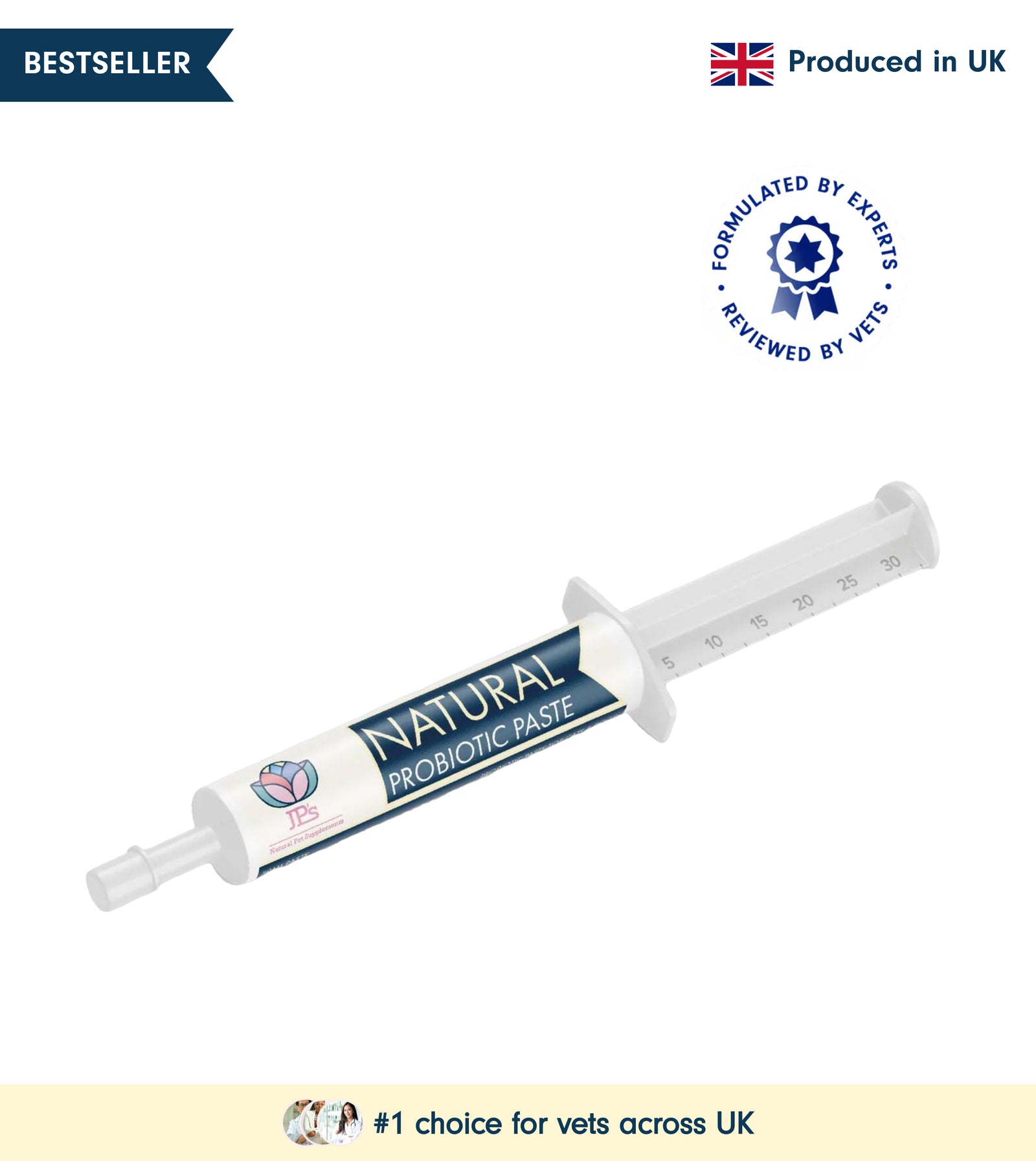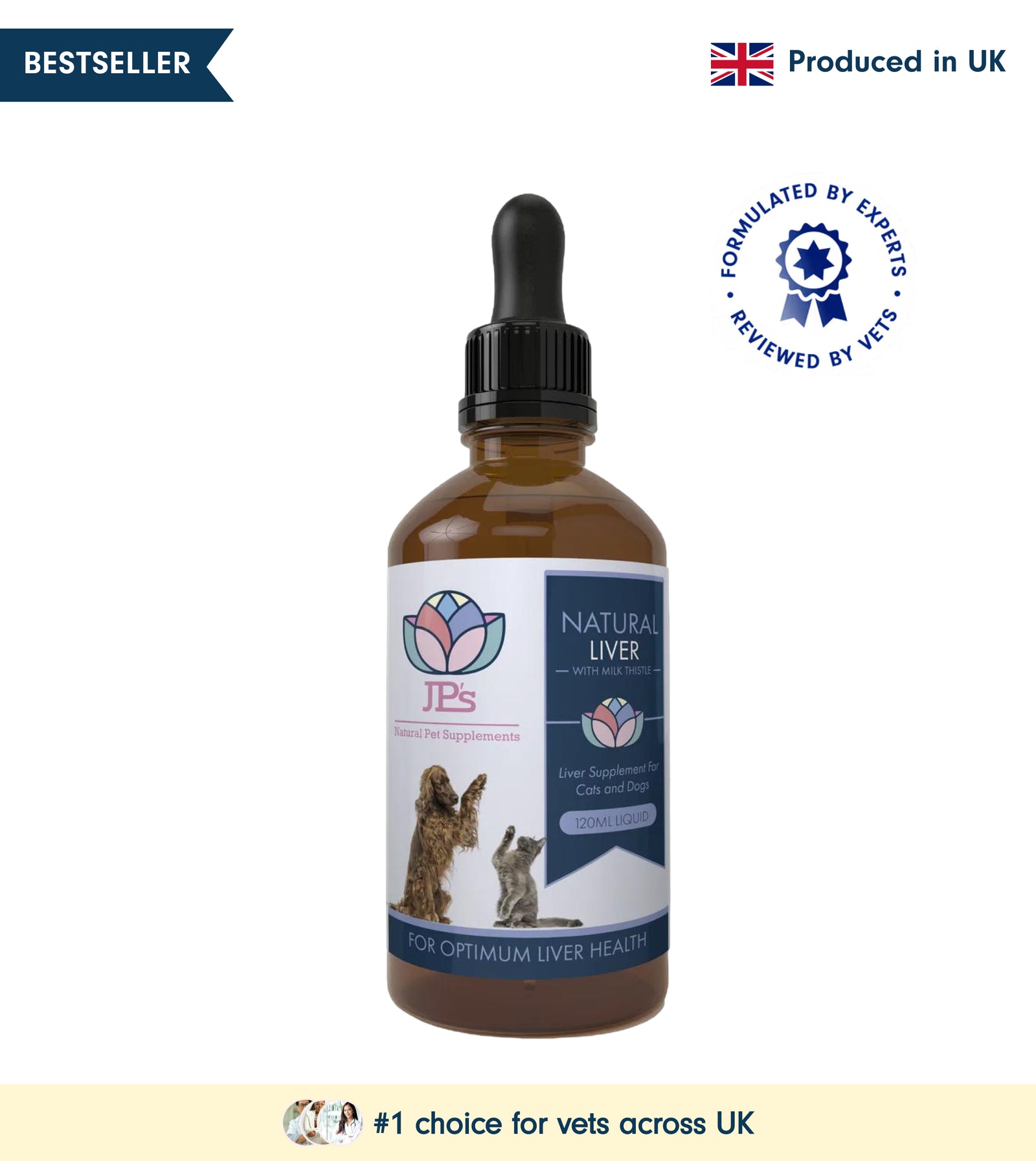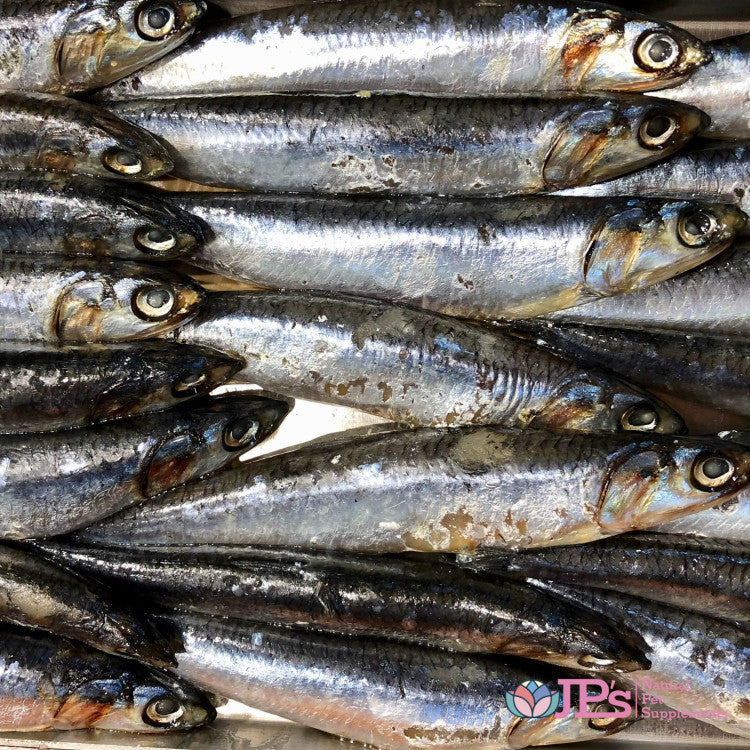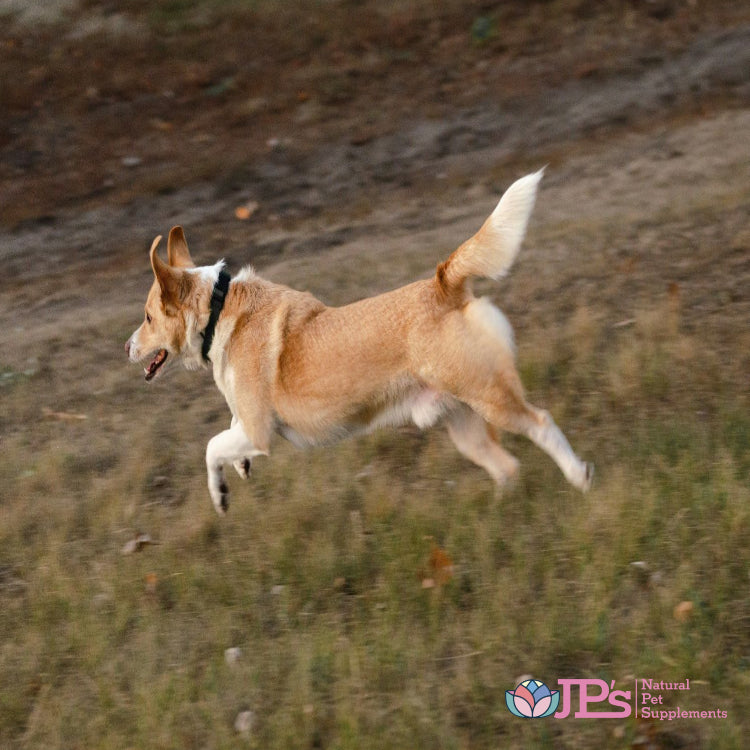What do I mean by bringing play into our training? Well, this doesn’t mean a big toy box in the corner of your living room. Toys lying around the house lose value, and you don’t build a bond or engagement with your dog.
One of the reasons for bringing play into your training program, especially with reactive dogs, is to satisfy and train a dog how to control certain parts of predation. So, different styles of play can do different things for your dog. So, let’s take fetch for an example; constantly throwing the ball with a ball thrower causes your dog to end up like an adrenaline junkie. A frantic game of fetch will only heighten your dog's arousal levels and make them full of adrenaline and less likely to relax, focus or listen to you. The problem with the fetch game is that you may find your dog more neurotic or anxious after the game because predation isn’t actually complete, so it's not the best game for a reactive dog; so if you have a highly pray-driven dog towards other dogs and animals, this may not be satisfying pray drive.
What can we do differently?
What we can do to help our dog's breed fulfilment is important, so research what your dog was bred for, such as spaniels like searching scent work. Most dogs will enjoy a solid tug rope game; this helps to eliminate frustration, and you will find your dog more relaxed and satisfied after a good tug rope game. Try different methods if you find your dog does not enjoy a tug rope game. To get your dog invested in play, start with a stuffed long toy or a toy on a rope and turn it into a tug game. The flirt pole is good if your dog understands cues, hold, drop, and wait; I don’t recommend using a flirt pole if your dog doesn’t know the cues.
Once you have your dog invested in a tug game, you can satisfy predation on a deeper level and, therefore, have more control over the dog in areas where it struggles with prayer drive.
Other Alternatives
If you want to play ball with your dog, ask your dog to wait on the lead. You can throw the ball, wait for the ball to land in the grass, then give the cue find, or tether your dog while you hide the ball in the grass. Then release with the find it cue.
Toss treats in the grass so your dog can engage their nose and give the cue find.
Encourage your dog to engage in normal dog behaviours such as sniffing and exploring. An hour of sniffing is so much better for your dog’s mind and body than an hour of ball throwing.🐾🐾
Justine Shone



















Leave a comment (all fields required)